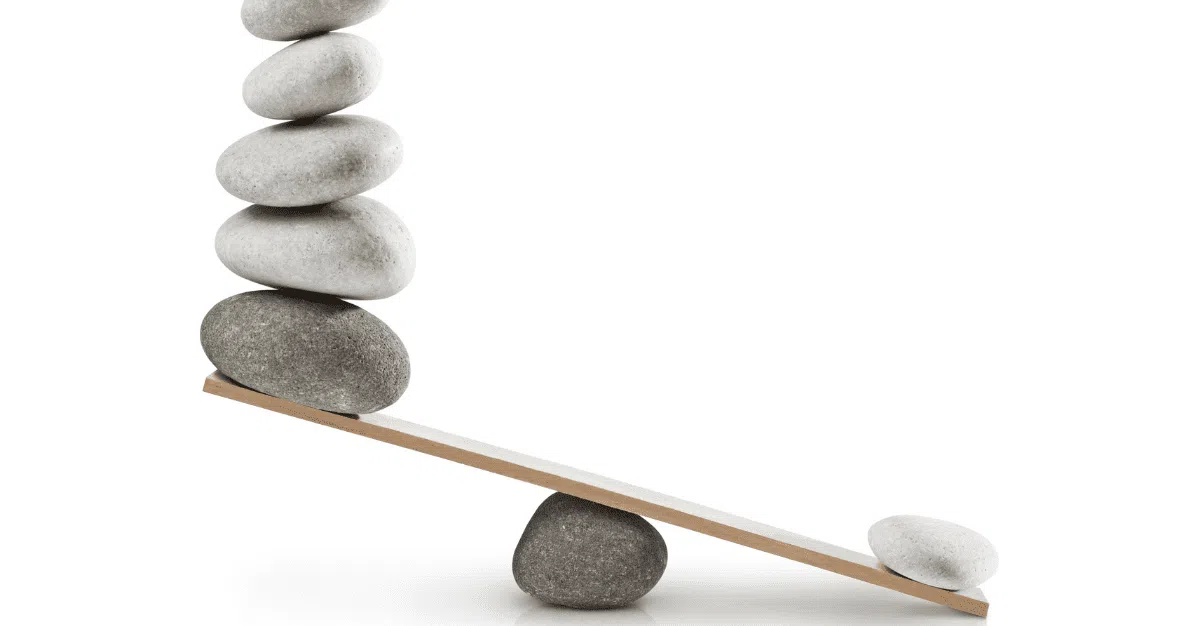
When these glands receive a signal from the hypothalamus, they react by releasing hormones. For example, if your brain perceives a threat, your hypothalamus tells your adrenal and pituitary glands to secrete the “stress hormones” adrenaline and cortisol. This dynamic is sometimes called the HPA axis and it has far-reaching effects on your body. Those hormones tell your heart to speed up, your muscles to tense, your breathing to quicken, and your liver to release more glucose for extra energy. Those responses likely served us well way back in history, when we were more likely to be under an actual attack, because they primed our “flight or fight” response. Today, however, stress is often more chronic, and we’re not typically able to flee or fight the stressors. Instead, the long-term effects continue to take a toll.
Think of your hormones as messengers delivering instructions to the rest of your body in order to regulate many things, including mood, appetite, stress levels, metabolism, sleep, sexual functions, blood sugar, and more!
Many organs are involved in maintaining hormone balance. The hypothalamus, a small region in your brain, sends signals to your endocrine system, which controls the secretion of hormones. The endocrine system contains the adrenals, hypothalamus, ovaries, testes, thyroid, parathyroid, pineal and pituitary glands.
When these glands receive a signal from the hypothalamus, they react by releasing hormones. For example, if your brain perceives a threat, your hypothalamus tells your adrenal and pituitary glands to secrete the “stress hormones” adrenaline and cortisol. This dynamic is sometimes called the HPA axis and it has far-reaching effects on your body. Those hormones tell your heart to speed up, your muscles to tense, your breathing to quicken, and your liver to release more glucose for extra energy. Those responses likely served us well way back in history, when we were more likely to be under an actual attack, because they primed our “flight or fight” response. Today, however, stress is often more chronic, and we’re not typically able to flee or fight the stressors. Instead, the long-term effects continue to take a toll.
We all experience some hormonal imbalances over the course of a lifetime, but certain developmental stages raise the risk. Puberty is one obvious stage when hormones are sometimes wildly out of balance because the ovaries and testes receive signals to start producing more hormones like testosterone, estrogen, and growth hormone. Middle age ushers in a new era of hormonal changes. For women, the production of estrogen starts to slow with the transition to menopause. For many women, however, this isn’t a smooth decrease in hormone production, but rather, something that occurs in fits and starts, which can make symptoms harder to manage.
Men aren’t immune from midlife hormone imbalances. Around the age of 40, men’s level of androgens (“male” hormones like testosterone) starts to decline by about one percent a year.
Outside of age-related hormonal changes, other factors can lead to hormone imbalance, including stress, disordered eating, nutritional deficiencies, medication, exposure to toxins, birth control pills, and many medical conditions.
Wild mood swings. Unexplained sadness. Disabling irritability. Premenstrual syndrome, or PMS, isn’t much fun, and hormones are to blame. PMS is caused by the drop in estrogen and progesterone that occurs in the second half of the menstrual cycle. Low estrogen and progesterone levels can lead to a decrease in the production of serotonin, a neurotransmitter that plays a vital role in mood stabilization.